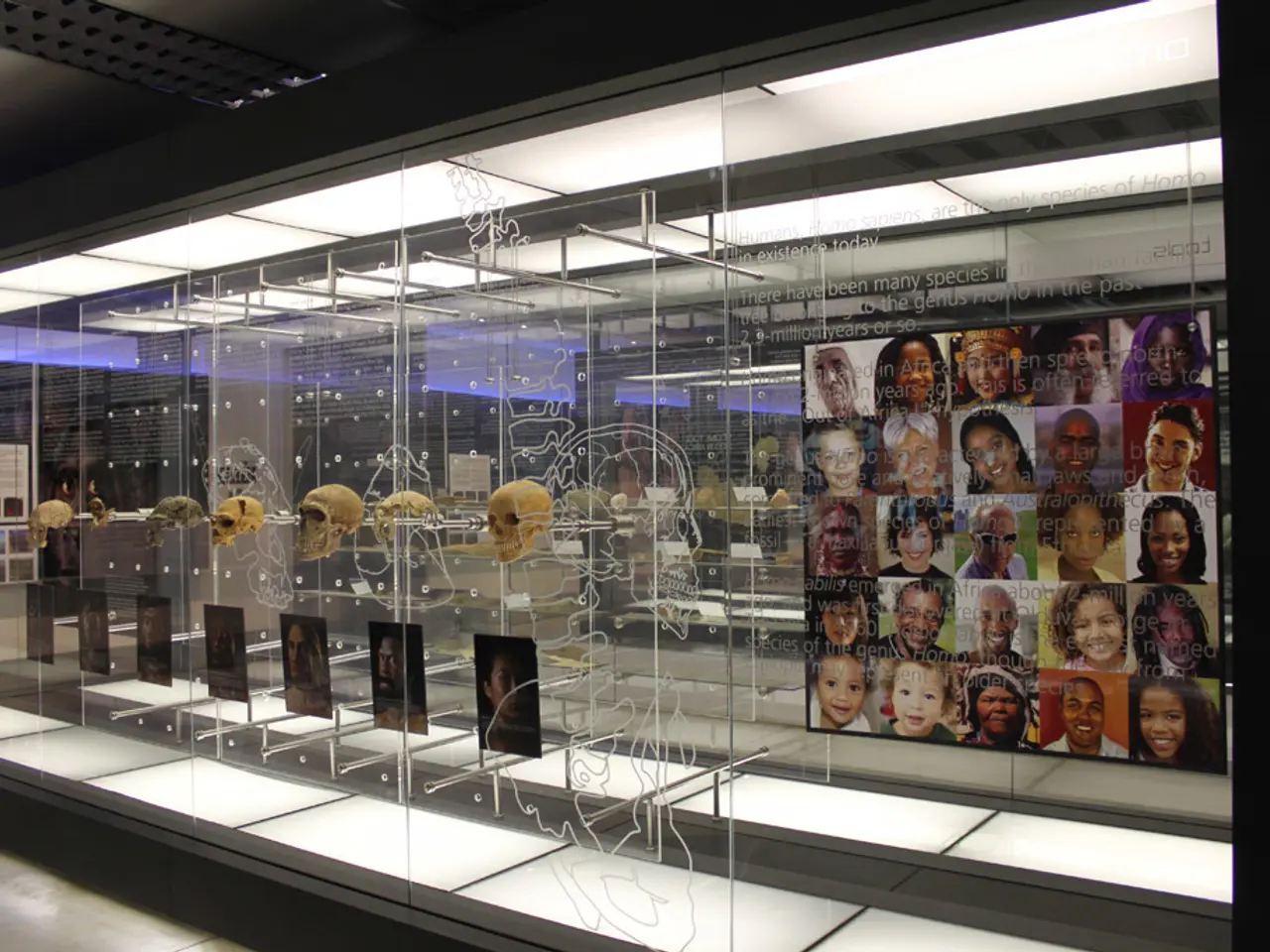Arrest of Notable Nazi Family Members in South Tyrol occurred on May 15, 1945
In the chaotic aftermath of Nazi Germany's surrender on May 7, 1945, two prominent figures—Margarete Boden Himmler, the wife of Reichsfuhrer-SS Heinrich Himmler, and Gudrun Himmler, his daughter—were arrested in Wolkenstein, Gröden on May 13. Their arrest took place at "Casa al Monte," a house in the region.
The women were initially detained in a room at the Hotel Post in Bolzano, where American soldiers set a table for them. All sharp objects, including hairpins and nail clippers, were confiscated from them. From Bolzano, they were taken to Verona, then to Florence, and finally to Rome. The exact date of their arrival in Rome remains unknown.
During their stay in Rome, they testified in multiple war crimes trials, in addition to the ones held in Nuremberg. However, the location and outcome of their trials in Rome are not detailed in the available records. It is also unclear where they were held during their time in Rome.
After the war, both Margarete and Gudrun survived. Gudrun Himmler was briefly arrested by Allied forces post-war but was not put on trial for war crimes. She later lived in West Germany and remained active in circles sympathetic to her father's legacy.
Margarete Boden Himmler's post-war life was relatively private. There are limited records of her being imprisoned or tried specifically.
Despite the lack of formal trials or significant judicial proceedings, both women lived in post-war Germany. Gudrun Himmler, in particular, maintained some public activity related to her father's legacy. She was known to have been involved in right-wing extremist and neo-Nazi circles, even after her release from the Nuremberg prison in the fall of 1946.
It is important to note that the available records are scarce or incomplete, and it appears neither Margarete nor Gudrun faced significant judicial proceedings like many other Nazi officials or family members. The exact details of their post-war activities and locations remain largely undocumented.
In the midst of history's tumultuous post-war era, Margarete Boden Himmler and Gudrun Himmler found themselves embroiled in general news, not only participating in war crimes trials, as in Nuremberg, but also in unrecorded proceedings in Rome. Despite war-and-conflicts' aftermath, both women navigated the political landscape of crime-and-justice in post-war Germany, with Gudrun maintaining public activity associated with her father's legacy, even associating with right-wing extremist and neo-Nazi circles.








